

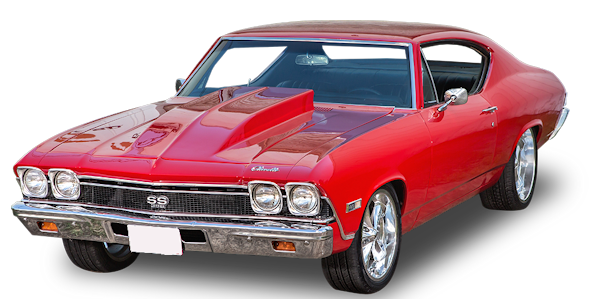

Mobile users:
For best results, view in Landscape mode.
The Pontiac Firebird was produced from the
1967 - 2002 model years.
Designed as a pony car to compete with
the Ford Mustang and Mercury Cougar,
it was introduced in 1967, simultaneous with
GM's Chevrolet division platform-sharing
Camaro.
The name "Firebird" was also previously
used by GM for the General Motors Firebird
in the 1950's and early 1960's concept cars.
Four distinct generations were produced
from 1969 - 2002.
These cars were built on the F-body platform,
which was also shared by the Chevrolet
Camaro.
The 2nd generation was available from
1970 - 1981.
The Firebird Trans Am was selected as
the Official Pace Car for the 1980
Indianapolis 500.
The Trans Am was a specialty package for
the Firebird, typically upgrading handling,
suspension, and horsepower, as well
as minor appearance modifications such
as exclusive hoods, spoilers, fog
lights and wheels.
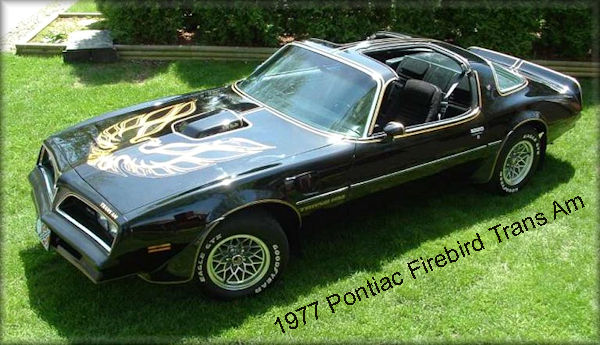
The 1977 Trans-Am Special Edition became
famous after being featured in 'Smokey
and the Bandit'.
The 1980 Turbo model was used
for 'Smokey and the Bandit 2'.
The movie Trans Am 1977 special edition
was such a hit from the first Bandit movie
that Pontiac sales skyrocketed.
From 1977 - 1979 sales went up from
68,745 to a remarkable 117,108 cars.
The Trans Am Bandit edition driven in
the movie was souped up with a V8 engine
and the grille was upgraded featuring
4 square headlamps.
The popularity of muscle cars declined
through the early 1970's, due to the fuel
crisis and increasing insurance costs.
The 1973 oil crisis (Arab Oil Embargo)
resulted in rationing of fuel and higher
prices.
This was the first oil crisis the U.S.
ever faced and fuel shortages caused
a shocking spike in gas prices.
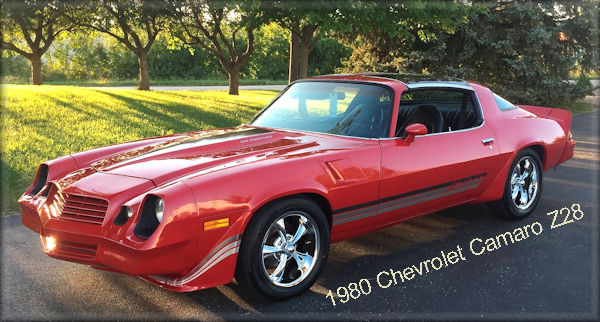
In the early 1980's, muscle cars became a
revival with high output V8 engines introduced
for the Chevrolet Camaro Z28, Ford
Mustang GT and the Pontiac Firebird
Formula/Trans Am.
By the mid-1980's, fuel economy and engine
performance was increased by using
electronic fuel injection systems, turbochargers
and advanced engine management controls.
Muscle car performance began to reappear
on coupes such as the Chevrolet Monte
Carlo SS and Buick Regal.
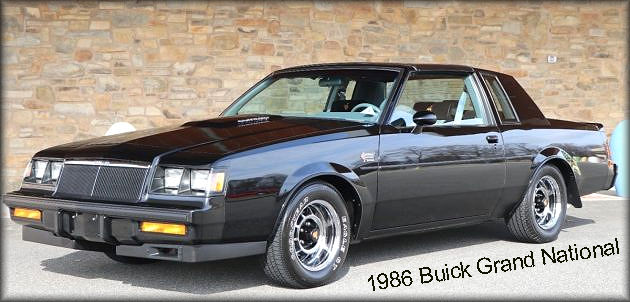
The Buick Regal used turbocharged V6
engines on the Grand National, GNX, T-Type
and the Turbo-T models which rivaled the
performance of V8 engines.
In 1987, the Buick Regal GNX used a
turbocharged V6 engine that rivaled the
performance of V8 engines at the time,
beating out the Chevrolet Corvette as
the quickest car in the GM fleet.
By the 1990's, muscle cars remained in
production such as the Ford Mustang,
Pontiac Firebird and the Chevrolet
Camaro.
In 2005, Chrysler introduced the muscle
car heritage to high performance V8
powered versions of 4-door sedans,
the Chrysler 300C and the Dodge Charger,
by using the nameplates traditionally
used for the 2-door muscle cars.
The Ford Mustang, designed to resemble
the original first-generation Mustang, brought
back the aggressive lines and colors
of the original.
In 2006, GM relaunched the Chevrolet
Monte Carlo SS with a V8 with the same V8
engine used on the Monte Carlo's W-Body
cars like the Chevrolet Impala SS the
Pontiac Grand Prix GXP.
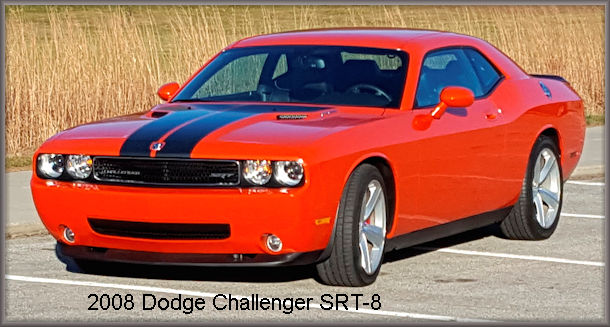
In 2008, Chrysler re-introduced the Dodge
Challenger, which features styling links to
the 1970 Challenger and was claimed by
the Chrysler CEO to be "a modern take on
one of the most iconic muscle cars".
In 2009, Chevrolet released the Camaro,
which bears some resemblance to the
1969 Camaro.